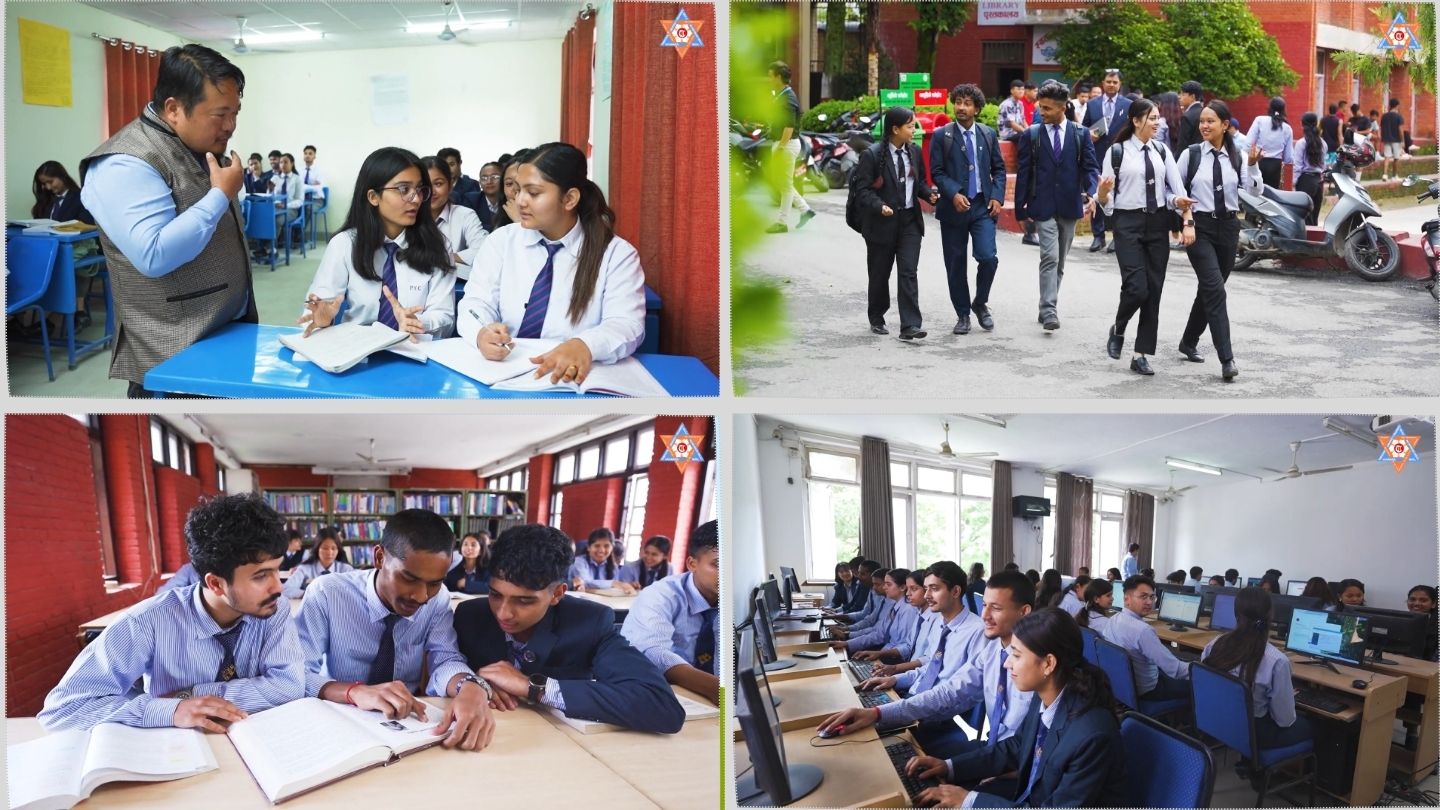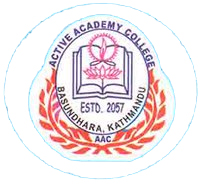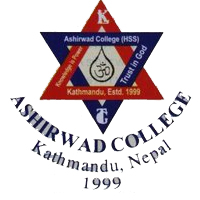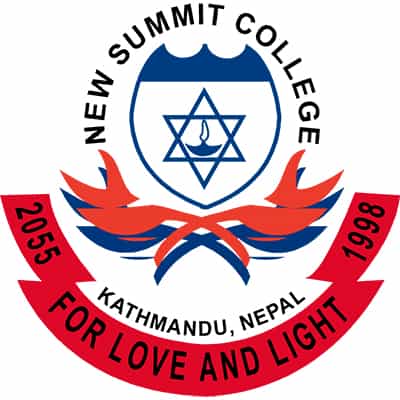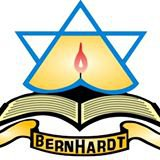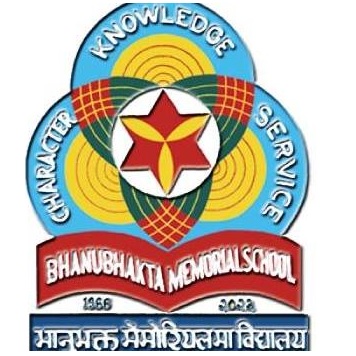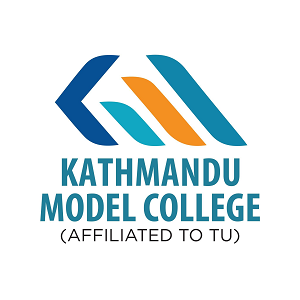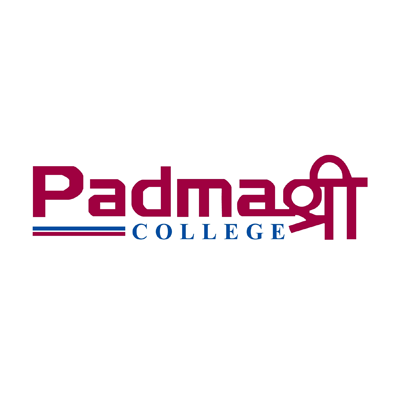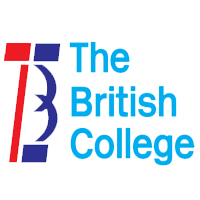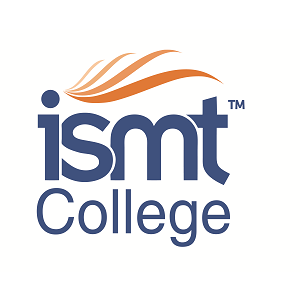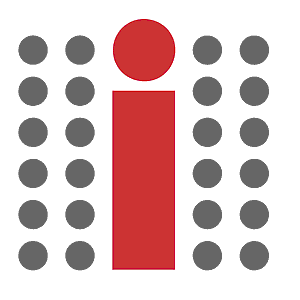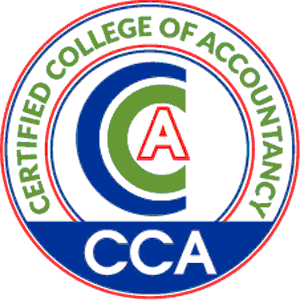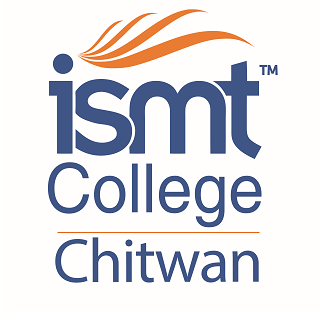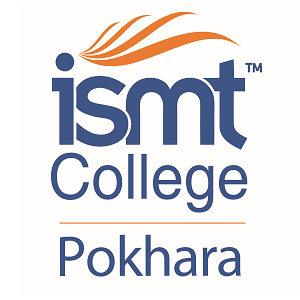Overview
Public Youth Campus (PYC) was established in 1971 (2028 BS) as a constituent management campus of Tribhuvan University (TU), offering undergraduate and graduate programs in business and tourism from its Dhobichaur–Chettrapati location in Kathmandu. PYC offers BBA, BBM, BBS, BTTM, MBS, MBM, and MTTM programs.
Public Youth Campus delivers TU-curriculum programs that combine classroom learning with field exposure, presentations, and guided projects. As a TU constituent unit, the campus follows TU regulations on admission, assessment, grading, and student code of conduct for management programs. Location details, contact points, and working hours are available on the campus site.
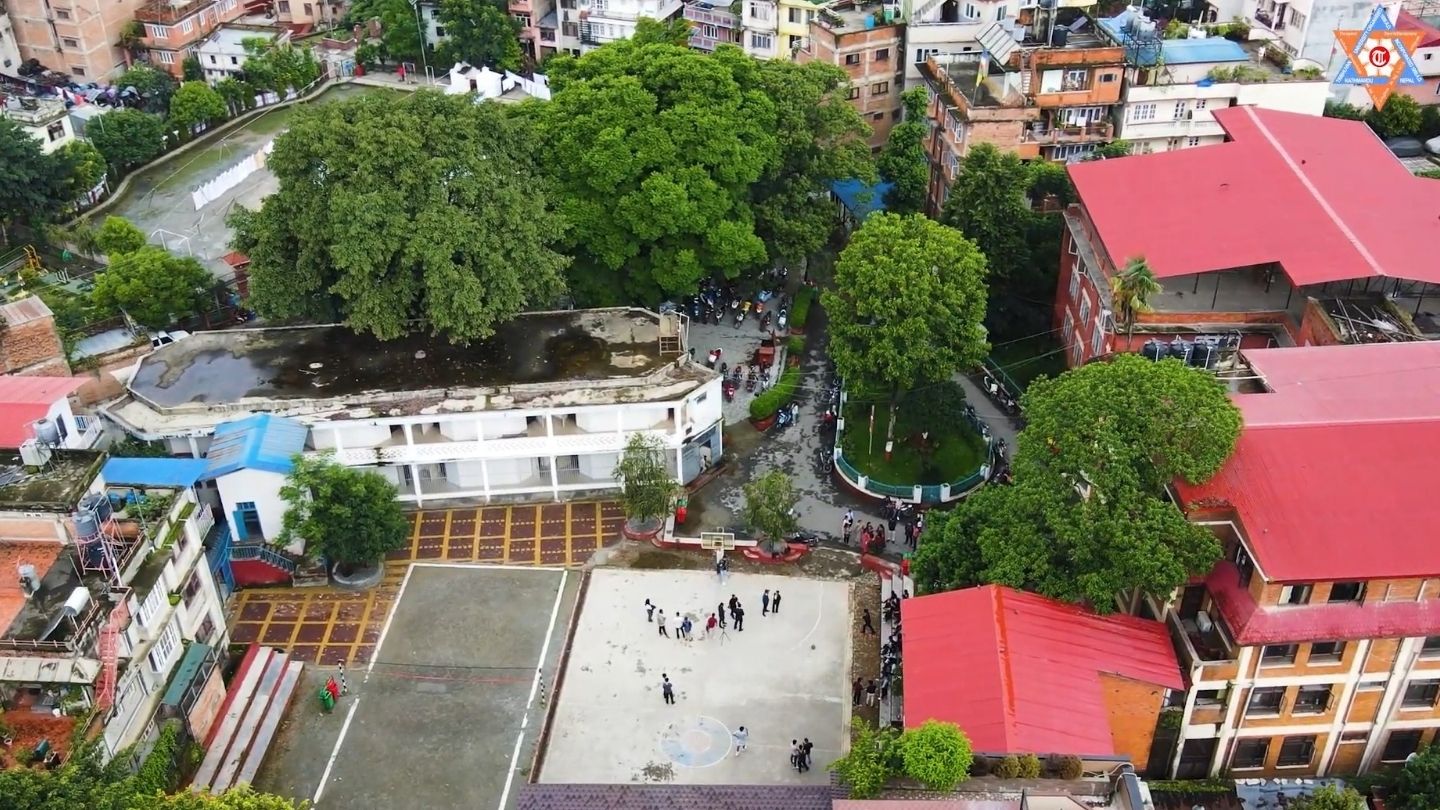
Quick Highlights
-
Affiliation: Tribhuvan University (Faculty of Management); constituent, public campus.
-
Established: 1971 (2028 BS).
-
Location: Yapikhya Marg, Chettrapati, Dhobichaur, Kathmandu.
-
Programs Offered: BBA, BBM, BBS, BTTM; MBS, MBM, MTTM.
-
Entrance Test (UG management): CMAT administered by TU Faculty of Management.
-
Academic Calendar: TU semester/annual system as per program structure.
-
Research Output: PYC Nepal Journal of Management (peer-reviewed, NepJOL indexed).
-
Working Hours (administrative): Sunday–Friday, 7:00 AM–4:00 PM (subject to change by campus).
History of Public Youth Campus (PYC)
The roots of Public Youth Campus trace to Kathmandu’s post-Rana expansion of commerce education. By the early 1950s, Nepal’s shift to parliamentary democracy created demand for trained personnel in accounting, insurance, auditing, trade operations, and office practice. Tri-Chandra College began a Commerce stream in 1954 AD (2011 BS), but the seats could not meet the demand in government offices, public enterprises, and emerging private firms.
To address the shortfall, faculty and civic leaders helped launch Public Commerce College (PCC) in 1958 AD (2015 BS). Classes initially ran in morning and evening schedules so that working learners could study while employed. PCC first operated using Tri-Chandra’s premises and later relocated to a rented hall in Thamel. As enrollments grew, supporters secured land and a building in Dhobichaur, Chhetrapati, where the institution’s identity as a public, community-anchored management college strengthened over the 1960s.
Alongside PCC, Nepal Youth College (NYC) emerged as another Kathmandu-based commerce institution serving similar learners. Both colleges built reputations for disciplined classrooms and practical coursework in bookkeeping, business correspondence, and commercial law—subjects most needed by banks, trading houses, and public agencies.
The New Education System Plan (NESP) of 1971 reshaped higher education. Under NESP, the government integrated many privately run and community colleges into Tribhuvan University (TU) to bring degree offerings, exams, and quality assurance under a common framework. During this process, Public Commerce College and Nepal Youth College were consolidated under TU to form Public Youth Campus (PYC).
The consolidation preserved the Dhobichaur site as the official location of the new campus. PYC inherited PCC’s community ethos and NYC’s strong student base, aligning them with TU’s academic structures, semester calendars, and centrally administered examinations. From the outset, PYC was placed under TU’s Faculty of Management and recognized as a constituent campus devoted to undergraduate and graduate management education.
With NESP, campuses adopted semester calendars and more systematic internal assessment. PYC introduced lecture–tutorial–workshop patterns, case discussions, and practical exercises in record-keeping and business communication. Faculty development workshops and curriculum orientations were held frequently in the first decade to adapt to TU’s semester expectations and evaluation methods.
Within TU’s evolving organizational map, management studies were initially linked to structures referred to in that era as the Institute of Business Administration, Commerce, and Public Administration (IBACPA). PYC collaborated closely with peer management campuses in Kathmandu and outside the Valley. Healthy academic competition encouraged improvements in admission screening, exam preparation, and campus discipline. The tradition of marking “Commerce Day” and hosting subject exhibitions helped the programs gain visibility among employers.
Leadership rotation during these years balanced administrative order with academic continuity. Campus Chiefs focused on strengthening exam results, organizing classes, and maintaining a classroom-first environment at a time when student politics could easily distract teaching. The academic calendar was respected, and the Dhobichaur grounds developed in phases—classroom blocks, a library room, and basic office facilities—through a combination of government grants and campus savings.
The 1990s brought systemwide changes in Nepal’s higher education and the labor market. At PYC, the Bachelor of Business Studies (BBS) remained a high-volume program for commerce aspirants, while targeted capacity for competitive-entry programs was introduced and strengthened:
-
BBA and BBM provided structured, semester-based management training with English-medium delivery, group projects, and internships.
-
BTTM responded to Nepal’s expanding tourism sector with field trips, operations labs, and destination studies.
-
MBS, MBM, and later MTTM built postgraduate pathways with a mix of theory, analytics, and applied projects.
During these decades, PYC’s intake procedures aligned with the Central Management Admission Test (CMAT) run by TU’s Faculty of Management. The campus formalized three-stage selection where relevant: written test, group discussion or presentation, and interview. This standardized entry created predictable student cohorts and supported semester planning.
Faculty size, academic qualifications, and subject coverage expanded in parallel. Senior teachers guided junior faculty through course planning, question setting, and evaluation moderation in keeping with TU norms. The library holdings—core text series in accounting, finance, economics, statistics, and management—grew steadily. A computer lab with business productivity software and internet access supported quantitative assignments and data practice.
Beyond teaching, PYC fostered a research culture in management. The campus supported an editorial platform—the PYC Journal of Management—to publish faculty and student work. The journal encouraged empirical writing on Nepal’s banking, insurance, SMEs, tourism, and public sector management. Regular seminars and guest talks connected classroom theory with policy and industry practice.
Curriculum delivery combined lectures with case studies, role play, group projects, and field visits. In tourism, destination mapping and operations observation became routine. In BBA/BBM, capstone projects, internships, and presentations reinforced analytical and communication skills valued by employers.
In the 2010s, PYC continued to standardize semester execution, internal assessments (40 percent), and end-semester examinations (60 percent) under TU’s Faculty of Management. The attendance threshold (at least 80 percent), internship requirements, and grade-point benchmarks set clear expectations for progression and graduation. Postgraduate programs emphasized presentations, problem-solving, and sector electives reflecting Nepal’s financial services, trade, and tourism ecosystems.
The campus invested in:
-
Computer laboratory upgrades suitable for data analysis, report preparation, and presentation practice.
-
Library services with quiet study areas and access to reference titles.
-
Classroom upkeep to maintain a focused learning environment.
Fact Sheet
| Category | Number |
|---|---|
| Total number of Faculties | 150 |
| Total Number of Female Faculties | 26 |
| Number of Faculties with PhD Degree | 9 |
| TOTAL FACULTIES | 150 |
| Total Number of Students (Bachelor) | 5975 |
| Total Number of Female students (Bachelor) | 2390 |
| Total Number of Students (Masters') | 503 |
| Total Number of Female Students (Masters') | 237 |
| Total Number of Ph.D. Students | - |
| TOTAL STUDENTS | 6478 |
| STUDENT FACULTY RATIO | 43:1 |
| Male Staff | 22 |
| Female Staff | 16 |
| TOTAL STAFF | 38 |
| FACULTY+STAFF | 188 |
| STUDENT & FACULTY + STAFF RATIO | 34:1 |
Academic Programs Offered
Undergraduate Programs
| Programs | Seats |
| Bachelor of Business Studies (BBS) | 1000 |
| Bachelor of Business Administration (BBA) | 99 |
| Bachelor of Business Management (BBM) | 84 |
|
Bachelor of Travel and Tourism Management (BTTM) |
84 |
Bachelor of Business Administration (BBA)
A four-year, eight-semester program under TU’s Faculty of Management. Coursework covers accounting, finance, marketing, HR, operations, business analytics fundamentals, and soft-skill development through presentations and projects. Internal evaluation and end-semester exams follow TU rules. CMAT is required for entry at the undergraduate level in management streams.
Bachelor of Business Management (BBM)
The BBM focuses on managerial foundations and decision contexts across Nepal’s service and industrial sectors. Students complete core management subjects, quantitative techniques, communication, entrepreneurship studies, and sector electives. TU’s semester evaluation pattern applies. Admission is through CMAT and subsequent screening as per campus notice.
Bachelor of Business Studies (BBS)
A TU-approved bachelor’s program with a strong base in accounting, business law, economics, and management. The program suits students seeking a classical management degree with project work and viva as per TU prescriptions. Campus conducts internal assessment and coordinates TU final exams.
Bachelor of Travel and Tourism Management (BTTM)
A TU management program addressing Nepal’s travel, hospitality, and tourism services. Students study destination management, ticketing basics, tourism geography, and service operations, with field trips and practicums aligned to TU guidelines. Undergraduate admissions in management streams require CMAT.
Graduate Programs
| Programs | Seats |
| Master of Business Studies (MBS) | 240 |
| Master of Business Management (MBM) | 44 |
| Master of Tourism and Travel Management (MTTM) | 44 |
Master of Business Studies (MBS)
A two-year TU master’s program emphasizing advanced accounting, finance, organizational behavior, research methods, and electives. Assessment follows TU’s internal/external split with a capstone or project as guided by the campus.
Master of Business Management (MBM)
A 60-credit, four-semester master’s degree under TU that blends foundation, core, allied, and sector electives. Typical intake includes written CMAT, group discussion, individual presentation, and interview per FoM guidance and campus process.
Master of Travel and Tourism Management (MTTM)
A postgraduate program for tourism leadership, policy, and operations. The curriculum includes tourism economics, destination planning, service design, research methods, and internship/field components tied to Nepal’s tourism context. Admissions follow TU master’s rules.
Admission Process
Entrance Pathways (TU Management Programs)
-
CMAT (Central Management Admission Test): Required for BBA, BBM, BTTM, and other FoM undergraduate programs. CMAT covers verbal, quantitative, logical reasoning, and general awareness. TU’s Office of the Dean publishes the yearly notice with schedule and process.
-
Graduate Intake (MBS/MBM/MTTM): TU/Faculty of Management announces intake procedures. Many master’s streams use written CMAT (FoM), followed by group discussion, presentation, and interview at the campus level. Eligibility includes a recognized bachelor’s degree with minimum CGPA/percentage as specified by FoM.
How to Apply (General Steps)
-
Watch TU and Campus Notices: Track CMAT dates, online forms, and deadlines on TU FoM channels and the PYC website.
-
Complete CMAT Registration: Fill the TU form and submit required fees/documents as per notice.
-
Sit for the CMAT: Prepare for all four sections; carry required ID and admit card.
-
Campus-Level Screening: Short-listed candidates may attend group discussion, a brief presentation, and an interview (as relevant to program level).
-
Merit List & Admission: Final selection follows TU/campus rules. Submit academic transcripts, migration, character certificates, photos, and other documents listed in the offer.
Eligibility
BBA/BBM/BTTM generally require 10+2 or equivalent with minimum division/CGPA as per FoM notice; master’s programs require a recognized bachelor’s degree and may set a minimum CGPA/percentage. Always follow the latest FoM notice for the exact thresholds.
Program Timeline
| Year / Period | Key Events & Details |
|---|---|
| 1954 AD (2011 BS) | Commerce stream begins at Tri-Chandra College. |
| 1958 AD (2015 BS) | Public Commerce College (PCC) established; morning/evening classes start; initial use of Tri-Chandra premises. |
| 1960s | PCC relocates to a rented hall in Thamel; later secures land and a building at Dhobichaur. Nepal Youth College (NYC) operates parallel commerce courses in Kathmandu. |
| 1971–1972 | Under the New Education System Plan (NESP), Tribhuvan University integrates community/privately run colleges; PCC and NYC consolidate as Public Youth Campus (PYC) under TU’s Faculty of Management; Dhobichaur confirmed as the official site. |
| 1970s–1980s | Semester delivery, academic governance, and faculty development deepen; management programs scale up. |
| 1990s–2000s | BBS expands; BBA, BBM, BTTM, MBS, MBM, and MTTM introduced/strengthened; formal CMAT-based intake adopted. |
| 2000s–present | Research culture grows; PYC Journal of Management active; semester discipline, internships, and presentation-based assessment continue; labs and library facilities upgraded. |
Teaching Faculty and Learning Methodology
Faculty members include senior TU academics and industry-experienced teachers across accounting, finance, marketing, HRM, and tourism.
Teaching blends lectures with tutorials, workshops, presentations, case discussions, project assignments, and field visits where applicable. This approach gives students time to read, discuss, and apply ideas in small groups before assessments.
-
Lecture–Tutorial–Workshop rhythm: Foundational theory in class, small-group clarification, and hands-on sessions tied to local examples (retail, banking, supply chains, hospitality, travel operations).
-
Assessment Mix: Internal tests, class participation, presentations, and TU end-semester/annual examinations.
-
Research Orientation: Students engage with problem statements, basic data analysis, and reporting formats guided by TU templates.
Infrastructure and Learning Facilities
-
Classrooms: Well-spaced classrooms suitable for presentations and group tasks.
-
Computer Labs: Campus computing facilities support assignments, basic analytics, and productivity tools used in TU courses.
-
Library: Texts, reference materials, journals, and reading spaces aligned to TU syllabuses; borrowing privileges follow campus rules.
-
Student Support: Program offices, examination cell, administrative counter, and notice boards (physical/online) for forms, dates, and results.
-
Location Access: Dhobichaur–Chettrapati provides access to city transport, service centers, and internship sites in Kathmandu.
Student Life and Campus Experience
Student life balances classes with reading, discussion circles, rehearsals for presentations, and skill-building workshops. Many students pursue part-time internships or short projects in banks, trading houses, travel agencies, hotels, NGOs, and public offices during breaks, subject to program load and campus permissions.
-
Peer Learning: Study groups for CMAT prep (for aspirants), financial modeling basics, and literature reviews in research-heavy courses.
-
Mentoring Windows: Faculty office hours and informal guidance for project topics, data collection, and viva preparation.
-
Well-Being: The campus environment prioritizes academic focus and orderly conduct in line with TU norms.
Extracurricular Activities (ECA)
-
Clubs and Forums: Management, debate, entrepreneurship, and tourism interest groups rotate activities across semesters.
-
Guest Talks: Sessions with alumni and sector professionals when scheduled.
-
Field Exposure: Course-linked visits to enterprises, service facilities, and tourism sites, as permitted by the program calendar.
-
Competitions: Case write-ups, research poster sharing, and presentation days near mid or end-semester.
Scholarships and Financial Support
Scholarships follow TU and campus rules for merit and need. Limited fee waivers or scholarships can be announced per batch, and applicants submit evidence as per the guideline with their admission form or upon notification.
For master’s programs, TU policies and campus decisions guide the number and criteria; exam fees or TU charges may be outside such waivers. Applicants should monitor official notices and ask the campus office for the current scheme each intake.
Achievements and Institutional Milestones
-
Longstanding TU Unit (since 1971): Decades of management teaching within TU’s formal framework.
-
Research Presence: The campus research department publishes the PYC Nepal Journal of Management, a peer-reviewed outlet listed on NepJOL; authors include faculty and external scholars.
-
Location Advantage: Central Kathmandu access enables regular interactions with firms, banks, tourism providers, and public offices for talks and internships.
Why Choose Public Youth Campus?
-
TU Constituent Status: Degrees are awarded under Tribhuvan University with FoM syllabuses and examination standards.
-
Program Breadth in Management and Tourism: Undergraduate and postgraduate options cover business and travel sectors in one campus.
-
Research Culture: An in-house, peer-reviewed journal supports academic writing and reading habits.
-
City Connectivity: Dhobichaur–Chettrapati location aids commuting and coordination with internship sites.
Message from the Campus Chief (Rameshwar Acharya)
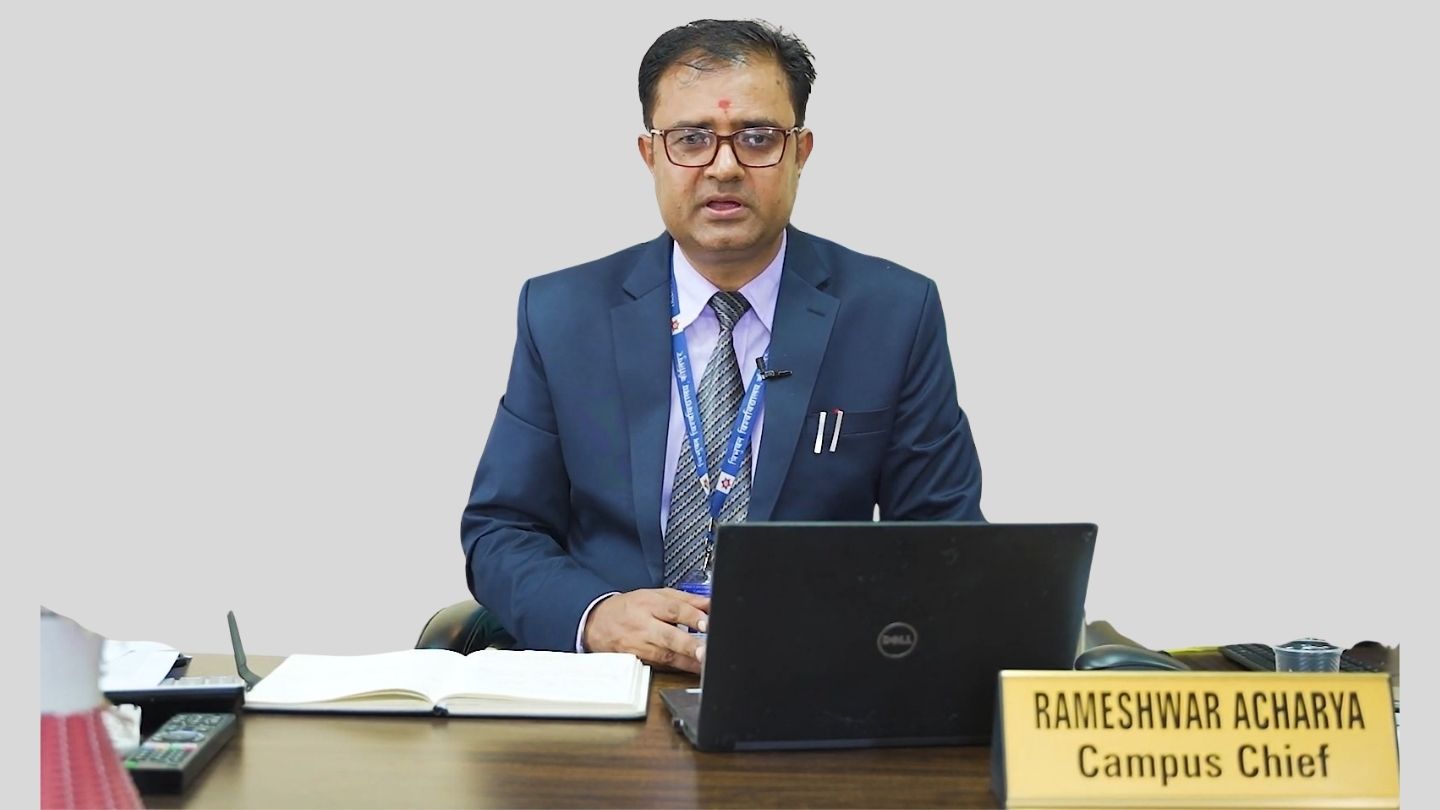
Public Youth Campus is established as an institution of business education in Nepal. It is a constituent campus of Tribhuvan University. Commerce education began in 2011 BS at Tri-Chandra Campus as a small department. In 2028 BS, Nepal Youth College and Public Commerce College merged to form Public Youth College, which became Public Youth Campus. Since then, the campus has produced commerce graduates needed in Nepal and abroad. The campus is located in the Chetrapati area adjoining Thamel, a core area of Kathmandu.
The campus currently runs seven management programs. At the master’s level, it offers MBS, MBM, and MTTM; at the bachelor’s level, it offers BBA, BBM, BTTM, and BBS. Altogether, more than 6,500 students are enrolled, taught by over 150 faculty members, with more than 40 staff.
In line with economic development, globalization, and migration, the demand for skilled managerial manpower has grown. To help meet that demand, the campus emphasizes innovation and entrepreneurship, collaborates with industry, creates community links, and provides education with attention to social impact.
The campus adopts the Government of Nepal’s inclusion policy through scholarships and focuses on education quality. It has established a computer facility and delivers classes through multimedia. Counseling and internship services are provided up to placement. Students are linked with relevant technologies; the library is fully digitized; and teaching–learning activities are being moved into a fully digitized mode to support business education.
The Research Department publishes a two-star journal, with research produced through collaboration between teachers and students. Selected papers from various departments are also published. The campus aims to produce responsible and skilled citizens by integrating studies with technology—establishing data analytics, blockchain, and a learning management system, and engaging students through virtual reality, simulation, and online classes, including those dispersed across regions.
In professional programs such as BBA, BTTM, BBM, MTTM, and MBM, the campus has achieved results at Tribhuvan University. Recently, a BBA student secured the top position in Nepal, with similar performance in BBM. The alumni network is international, with graduates becoming entrepreneurs and attaining established positions in the market.
Those who wish to study commerce and pursue higher management education are welcome. Everyone is invited to join Public Campus for higher management education at a low cost in comparison to developed countries. Thank you very much.
Conclusion
Public Youth Campus offers TU-governed management and tourism programs with a balanced routine of classes, tutorials, and applied work. Its central location, established academic culture, and active research outlet provide a clear path for students who seek an affordable public option in Nepal’s capital under the Tribhuvan University system.
FAQ
1) Where is the campus located?
Public Youth Campus is located at Dhobichaur (Yapikhya Marg), Chettrapati area, Kathmandu.
2) Which university runs the programs?
PYC is a constituent campus of Tribhuvan University, Faculty of Management. Curricula and examinations follow TU rules.
3) Which bachelor’s programs are offered?
BBA, BBM, BBS, and BTTM are the standard undergraduate programs under the Faculty of Management.
4) Which master’s programs are available?
MBS, MBM, and MTTM run under the TU master’s framework. Final availability and intakes are published for each academic year.
5) How does CMAT work for bachelor’s entry?
CMAT is a 100-question test covering Verbal, Quantitative, Logical Reasoning, and General Awareness. A qualifying score leads to shortlisting for interview and final merit as per campus rules.
6) What is the eligibility for master’s entry?
A recognized bachelor’s with the required CGPA/percentage per FoM notice. Screening may include a written test, group discussion, individual presentation, and interview.
7) Does the campus offer scholarships?
Scholarship notices specify categories such as merit and need. Documents and renewal conditions apply. Check the current year’s notice for details.
8) Is there a research journal?
Yes. The campus supports a peer-reviewed journal and research activities that promote academic writing and project work.
9) What is the class schedule like?
Classes run Sunday–Friday as per semester plans. Timetables and internal test dates are posted by departments.
10) Are internships compulsory?
Where the curriculum prescribes internships, students complete an attachment and submit a formal report with presentation/viva.
11) How are students evaluated?
Through internal tasks (tests, assignments, presentations, attendance where applicable) and TU examinations. Project/thesis work follows distinct rules.
12) What documents are needed for admission?
Identity proof, photos, academic transcripts and certificates, migration (if applicable), CMAT materials for UG, and program-specific items for master’s.
13) Can result-waiting students apply?
Result-waiting provisions are subject to the year’s TU notice. Read the official circular for your session.
14) How can international or out-of-Valley students plan logistics?
Plan early for housing and travel. Keep certified copies of documents ready. Use official contacts for verification letters.
15) Whom should I contact for official confirmation?
Use the campus phone numbers or email listed on official channels during working hours. Visit in person for document verification when asked.
Contact Information
For details on courses, admissions, fees, scholarships, or eligibility, reach out to:
Address: Yapikhya Marg, Dhobichour, Chhetrapati, Kathmandu, Nepal
Phone: +977-1-5351207, +977-1-53650992, +977-9851326760
Website: www.pyc.edu.np
Email: info@pyc.edu.np


